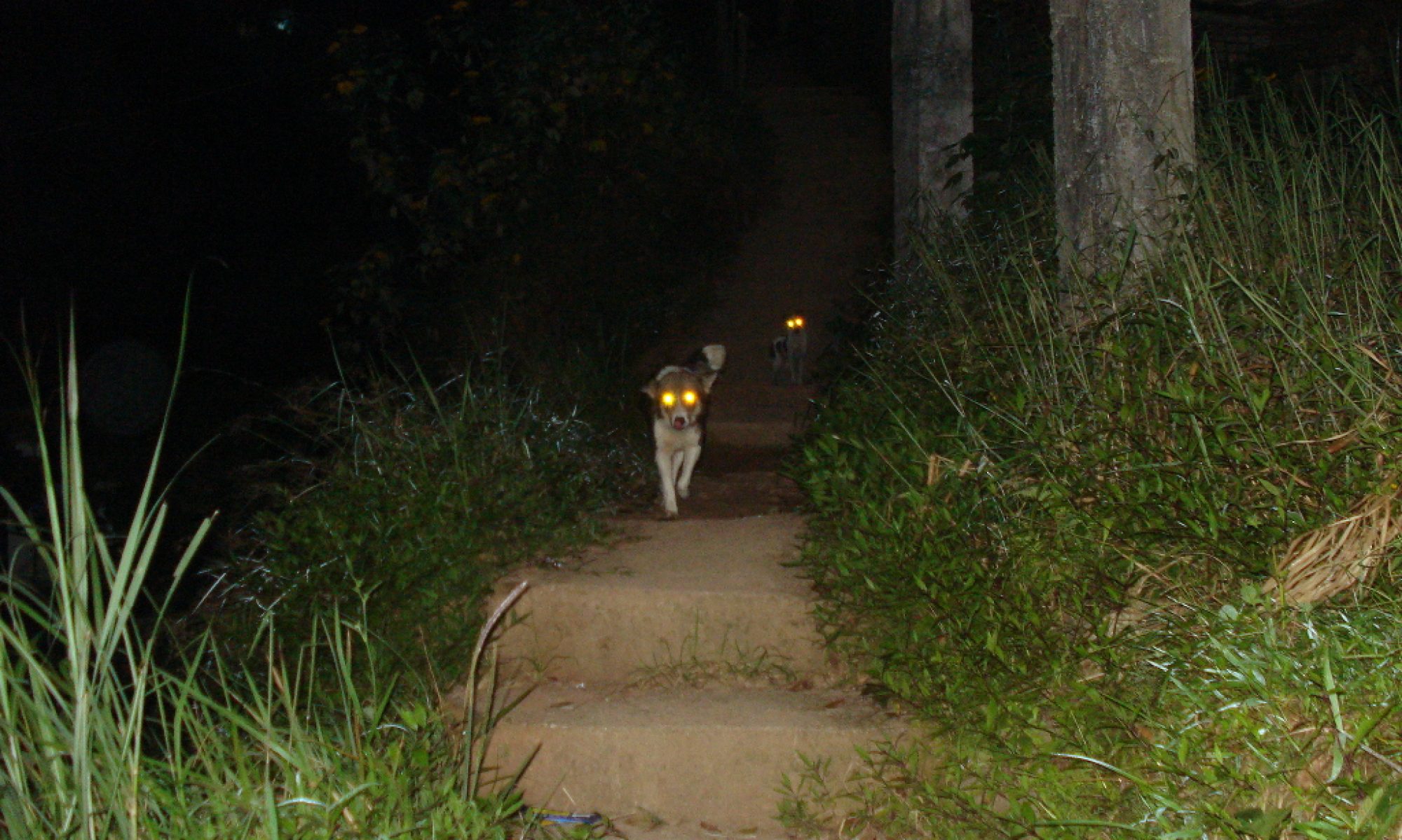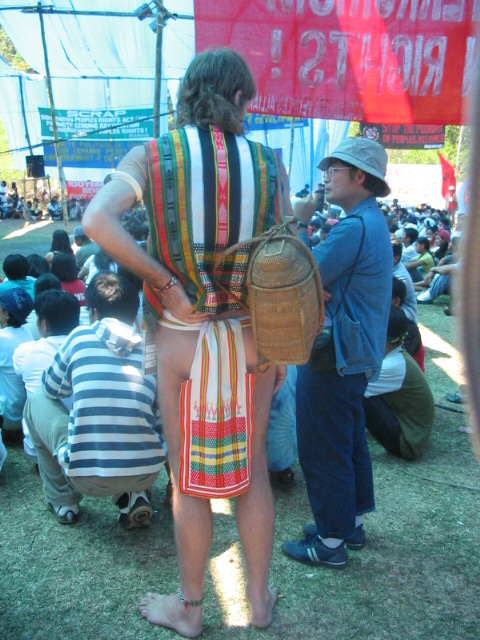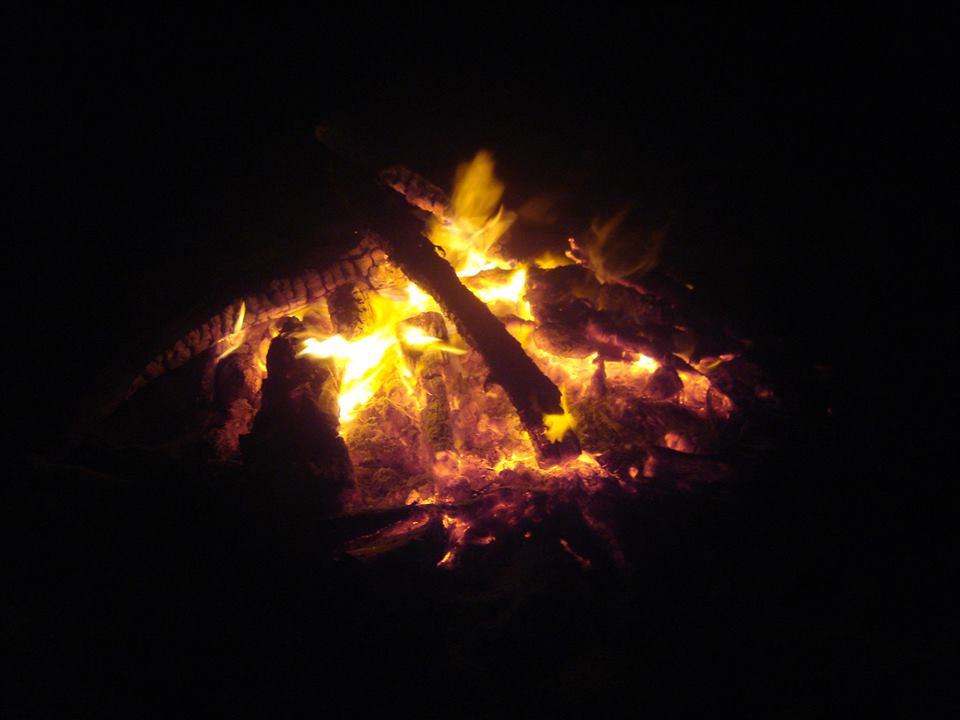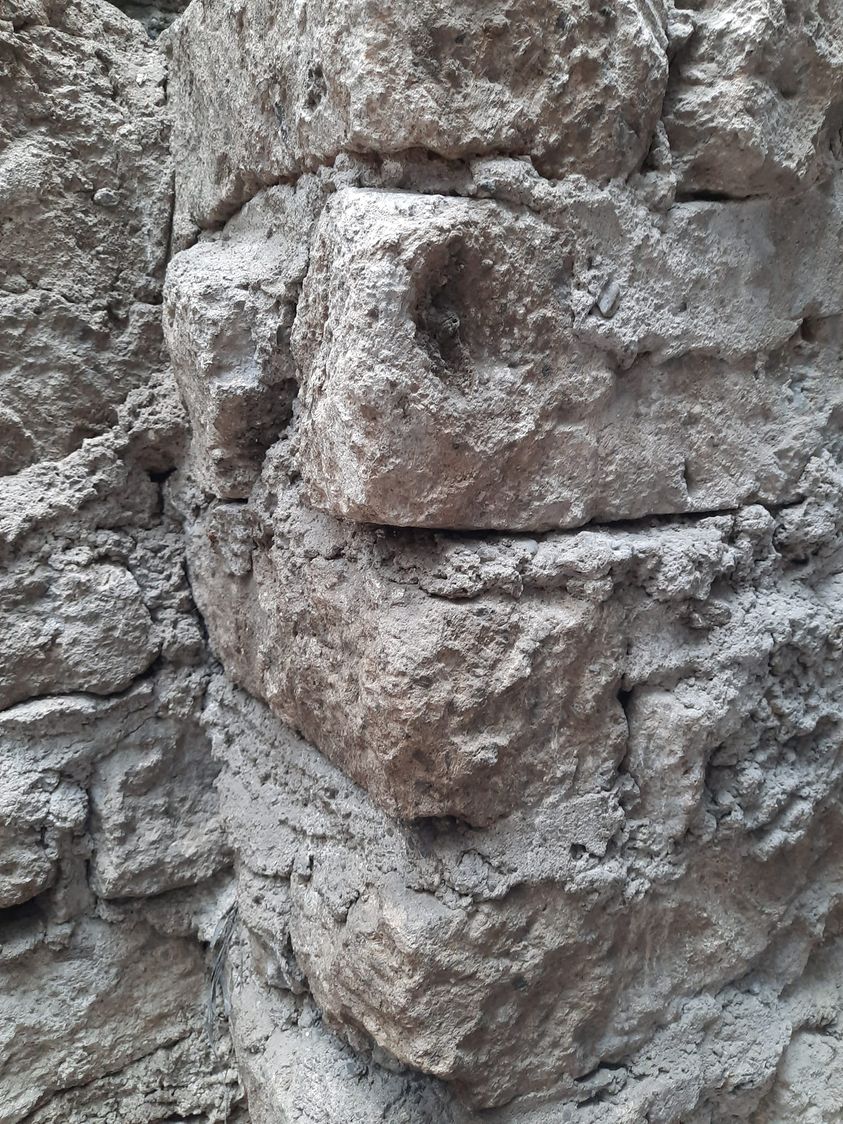This blog piece grew from my comment on a humorous post of an FB friend about the bilingualism that comes so naturally to young children growing up in bilingual environments. The humor arose from a meme triggered by a viral news piece, about Princess Charlotte of Wales speaking two languages at age two—to which someone retorted that this was usual among immigrant children but didn’t hug the headlines because they were poor (unlike children of famous royalty).
Continue reading “Do bilingual Filipinos enjoy an advantage?”Martial-law activists now ready to tell own stories
Author’s note: This is a feature article I wrote for GMA News Online in 2009. Fourteen years later, it gladdens me to note that more and more historical pieces are being written by the activists and other unsung dissenters of that period—to put their definitive stamp on the record about their own experiences, to combat the most insidious forms of historical distortion about the Marcos dictatorship, to reiterate the lessons about moral courage and mass struggle, and of course to show their kids that they were there, fighting on the frontlines, keeping the flame alive in the deepest dark long before the break of dawn.
By JUN VERZOLA, GMANews.TV
September 21, 2009 7:03pm
Most of us who lived through those times remember the day with stark imagery.
The most indelible detail that defined that Saturday morning was something very plain and obvious: we woke up with our radio sets silent, except for random static. Later that day, a few stations would come alive with music of marching bands and, incongruously, love songs of the soul group Stylistics.
The date was September 23, 1972. Rumors took flight and disquiet grew thick among the citizenry throughout the day. Then, as dusk fell, then-President Ferdinand E. Marcos went on nationwide broadcast to announce the declaration of martial law. He had signed Proclamation No. 1081 two days earlier, on Sept. 21, and had put the deadly plan into effect before dissenters could react.
At this point, one could turn to cliché and say, “And the rest is history.
Continue reading “Martial-law activists now ready to tell own stories”Not really adobe, but even better
As children growing up in Kamuning, which was dotted by stone quarries in earlier times, we were used to calling this type of rough stone “adobe.” That’s because this was how our parents and all the adults around us called it.
But the stone we are familiar with is not really adobe. Adobe is the Spanish term for “mudbrick” (from Arabic ‘attob’). The real adobe, particularly the sun-baked or unfired type, was the quick-and-dirty earthen material used for Mediterranean construction since time immemorial.
Continue reading “Not really adobe, but even better”



